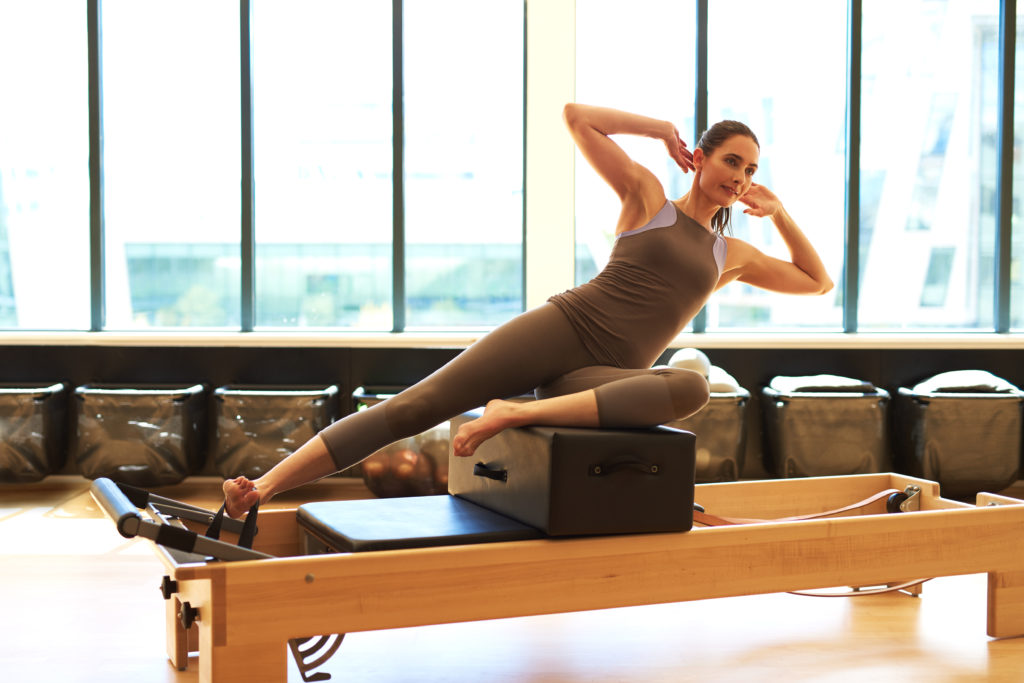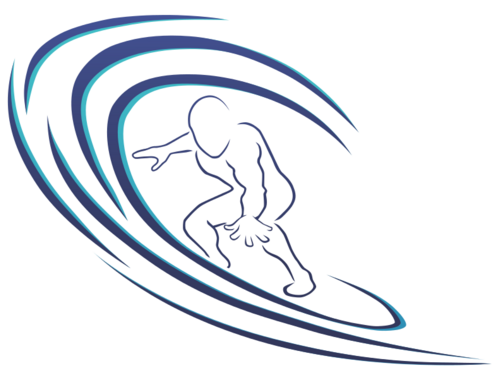
Pilates
Pilates is an exercise regimen that can help strengthen your core, improve posture and flexibility, and alleviate or prevent some of the most common forms of skeletal and muscular pain.
What to expect:
- A simple and intense workout that will improve strength, flexibility, and balance
- A personalized approach to Pilates exercises to address your specific needs
- Use of a reformer to increase the benefits of Pilates exercises
Offered by
What is pilates?
Pilates is a form of exercise developed by Joseph Pilates. Pilates developed this type of conditioning to strengthen the core muscles of the abdomen and the low back. The focus on the core is to improve posture to help alleviate back pain and other problems. In addition, this type of low-resistance strengthening exercise can help to strengthen the joints and reduce or prevent arthritis pain.
Pilates can be practiced using a simple gym mat and a series of structured postures, very similar to yoga, but with less emphasis on flowing between postures. Unlike yoga, however, there is another form of Pilates that relies on the use of a reformer, which is a piece of equipment that adds resistance and support during Pilates postures. The added resistance enhances muscular conditions and ensures you maintain the proper alignment during each position.
Who should practice pilates?
Pilates can be a useful form of exercise for many people. Pilates may help those who have arthritis, low back pain, poor postures, other minor ailments, and might be especially helpful as a complement to physical therapy.
Pilates can also be useful for people who do not have any of these problems. Because the exercise focuses on strength and mobility, it can help healthy people maintain strength, flexibility, balance, and healthy joints, thus preventing or delaying the onset of muscular and skeletal disorders later in life.
Those with heart conditions, high blood pressure, diabetes, or other chronic conditions can also benefit from Pilates.1 Pilates is generally safe for people with many of these conditions; however, be sure to consult your doctor to make sure you are healthy enough for any new exercise routine. Pilates is a great way to reduce body fat and increase muscle mass, which can improve your overall health.
Many pregnant women may wonder about what types of exercise are safe during pregnancy. Pilates can be a safe and effective exercise, so long as certain precautions are taken.2 Always consult your doctor before you start an exercise routine and ask for their advice about exercising while pregnant. Some specific postures may have to be modified or eliminated during pregnancy, particularly at the start of pregnancy (when the developing baby needs plenty of blood flow) and near the end of a pregnancy (when some movements may cause discomfort).
What conditions might pilates help to alleviate?
Pilates is an excellent exercise for the core as well as other muscle groups. The focus on the core can benefit anyone suffering from low back pain.3 By strengthening the core muscles, Pilates can help you with your posture, which may contribute to your back pain.
Pilates is also a good form of low-resistance strength training, making it particularly well-suited for alleviating arthritis pain.1 This type of exercise can strengthen the muscles around arthritic joints, allowing the muscles to stabilize the joint and reduce pain. It can also strengthen the joints themselves, reducing arthritis pain and preventing or slowing its progression.
Because Pilates can strengthen the muscles of the entire body, it is great at preventing injuries from more strenuous forms of exercise and accidents. If you are recovering from an injury, Pilates is a form of exercise you might want to look into further! Again, the focus on increasing strength can help you recover more quickly and help you avoid re-injury.4
Why is it important to have a pilates trainer?
Pilates can be practiced with a gym mat and a DVD at home; however, the most significant benefit will come from a live session with a personal trainer. Pilates trainers will ensure that you are not only practicing each posture with the correct alignment but also make sure that you are practicing the right postures for your specific needs.
Focusing on your individual needs will allow your specific sequence to address any issues you may currently have, help prevent overworking or pulling muscles during your exercise, and make sure you stay healthy.
Call today to see how you can benefit from pilates
If you are interested in trying Pilates in a safe and welcoming environment, we invite you to schedule a consultation with our trained professionals. Our trainers focus on your individual needs to ensure you get the maximum benefit from the practice. We use safe and effective methods to help you increase strength, improve posture, and reduce and prevent pain. We’ll help you naturally enhance your health, reduce your stress, and feel better every day!
References:
- WebMD. https://www.webmd.com/fitness-exercise/a-z/what-is-pilates. Accessed May 18, 2020.
- Oktaviani I. Pilates workouts can reduce pain in pregnant women. Complement Ther Clin Pract. 2018;31:349-351. DOI: 10.1016/j.ctcp.2017.11.007.
- Yamato TP, Maher CG, Saragiotto BT, et al. Pilates for low back pain. Cochrane Database Syst Rev. 2015;(7). DOI: 10.1002/14651858.CD010265.pub2.
- Byrnes K, Wu PJ, Whillier S. Is Pilates an effective rehabilitation tool? A systematic review. J Bodyw Mov Ther. 2018;22(1):192-202. DOI: 10.1016/j.jbmt.2017.04.008.
